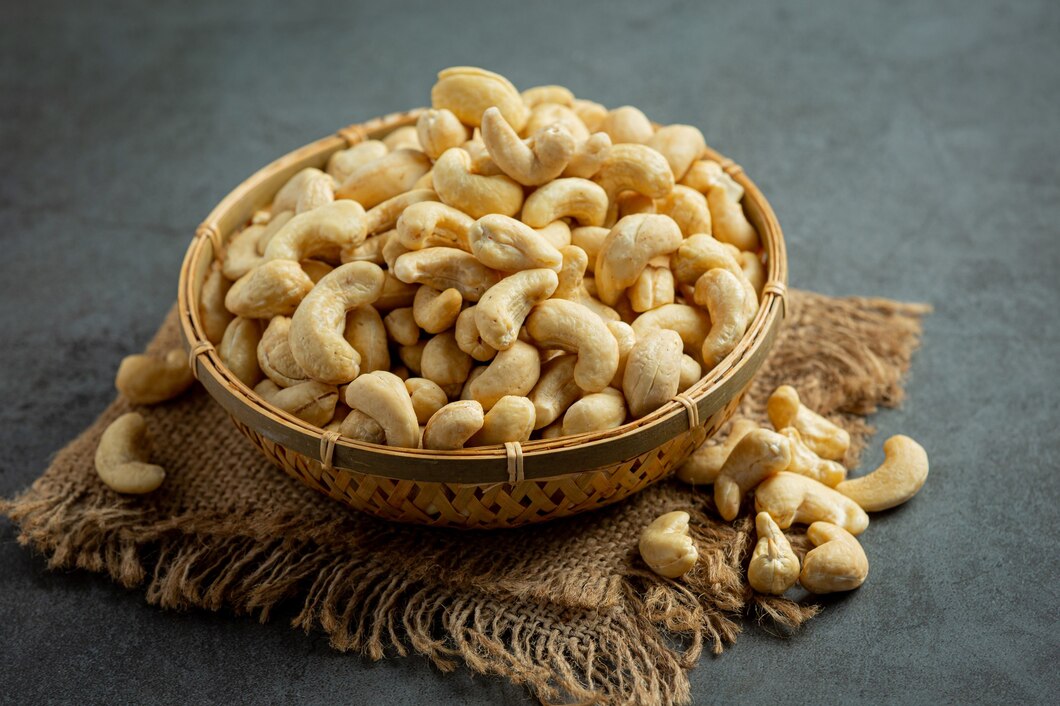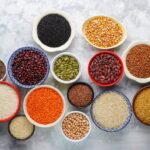Snacks are often our go-to for a quick bite or a satisfying treat, but some commonly used ingredients in these everyday delights have the potential to be toxic if not prepared correctly or consumed in large quantities. While most are safe in their usual forms, it’s essential to be aware of how they can become harmful. Here are 10 foods that are commonly used in snacks but can be poisonous under certain conditions.
1. Cashews (Raw)
Cashews are a popular snack, but raw cashews contain urushiol, a toxic substance also found in poison ivy. Eating raw cashews can cause skin irritation and allergic reactions. To make cashews safe to eat, they are typically steamed or roasted to eliminate the toxins.
Risk: Consuming raw or undercooked cashews can cause symptoms like itchy skin, stomach discomfort, or severe allergic reactions.
2. Potatoes (Green or Sprouted)
Potatoes are used in chips and crisps, but when they turn green or sprout, they contain solanine, a natural toxin that can be harmful. Solanine develops when potatoes are exposed to light and can lead to nausea, vomiting, and headaches.
Risk: Eating green or sprouted potatoes can cause gastrointestinal distress and, in extreme cases, even neurological issues.
3. Bitter Almonds
While sweet almonds are widely enjoyed in snacks, bitter almonds contain amygdalin, which converts into cyanide when consumed. Bitter almonds are toxic if eaten raw and must be processed to remove the toxins.
Risk: Consuming raw bitter almonds can cause cyanide poisoning, leading to dizziness, shortness of breath, and even death in large amounts.
4. Apple Seeds
Apple seeds, often present in smoothies or fruit bowls, contain amygdalin, similar to bitter almonds. When chewed or crushed, this compound can release cyanide, making large amounts dangerous.
Risk: Swallowing a few seeds isn’t harmful, but consuming large quantities of chewed seeds can lead to cyanide poisoning, causing symptoms like weakness and nausea.
5. Nutmeg
Nutmeg is commonly used to flavor baked goods, but in large doses, it contains myristicin, a compound that can be toxic and cause hallucinations, nausea, and seizures.
Risk: Consuming too much nutmeg—often more than a teaspoon—can lead to nutmeg poisoning, causing severe gastrointestinal and neurological issues.
6. Rhubarb Leaves
Rhubarb is used in pies and jams, but while the stalks are edible, the leaves contain oxalic acid and anthraquinone glycosides, which are toxic. Ingesting rhubarb leaves can lead to breathing difficulties, seizures, and even kidney failure.
Risk: Consuming rhubarb leaves, even in small quantities, can result in poisoning, leading to vomiting, weakness, and serious kidney damage.
7. Cherries (Pits)
Cherries are a common ingredient in desserts and snacks, but their pits contain hydrogen cyanide. When crushed or chewed, the pits release this toxic compound, which can be harmful if consumed in significant amounts.
Risk: Accidentally swallowing whole pits is not dangerous, but chewing them can release toxins, leading to cyanide poisoning and causing stomach cramps, nausea, or worse.
8. Raw Honey
Raw honey, often used in natural snacks or as a sweetener, can contain grayanotoxins, which can cause symptoms such as dizziness, nausea, and even heart issues if consumed in its unprocessed state.
Risk: Eating raw honey that hasn’t been pasteurized can lead to honey poisoning, causing symptoms like low blood pressure and blurred vision.
9. Elderberries
Elderberries are often used in syrups, jams, and snacks, but the unripe berries, along with the leaves and stems, contain cyanogenic glycosides, which release cyanide when ingested.
Risk: Eating raw or unripe elderberries can cause severe nausea, vomiting, and diarrhea due to cyanide toxicity.
10. Brazil Nuts
Brazil nuts are packed with selenium, a nutrient essential in small amounts, but consuming too many Brazil nuts can result in selenium toxicity, leading to symptoms like brittle nails, hair loss, and gastrointestinal issues.
Risk: Overconsumption of Brazil nuts can lead to selenium poisoning, causing symptoms like fatigue, irritability, and neurological damage.
How to Stay Safe
While these foods are part of many snacks and meals, they are generally safe when consumed properly and in moderate amounts. Here are a few tips to help avoid potential dangers:
- Educate Yourself: Understand the potential risks associated with certain foods and how to prepare them safely.
- Avoid Raw or Unprocessed Versions: For ingredients like honey, cashews, and almonds, always consume the properly processed versions.
- Watch for Spoilage: In the case of potatoes, look for signs of greening or sprouting, which indicate higher solanine levels.
- Practice Moderation: Some foods, like nutmeg and Brazil nuts, are safe in small amounts, so moderation is key.
By being mindful of these ingredients and preparing them safely, you can continue to enjoy a wide variety of snacks without worrying about their toxic potential.








